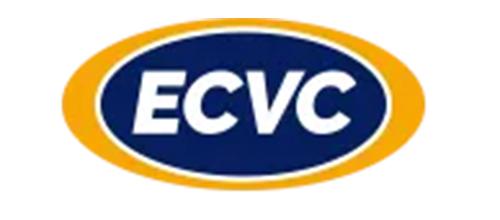
Quiet quitting can mean a few different things in 2023.
In its simplest form, it can be defined as doing the bare minimum at work without it being too noticeable. You’re not officially quitting but have quit on the idea of going above and beyond in your work. This phenomenon is not new; however, social media has been a catalyst for this discussion on quiet quitting and its true impact.
Many experts, including consultants at HR firm Insperity, believe this can be attributed to burnout felt in the workplace. As a result, employees try less but try just enough to retain their position. Some employees have reported feeling much happier by doing so and believe it’s worthy revenge on the company who doesn’t value them. This affects organizations tremendously as younger generations are starting to take this view. But as an employee, quiet quitting can drastically affect your career development. Failing to improve professionally will limit any advancement opportunities like promotions and merit pay increases.
Some HR veterans believe that companies expect employees to go above and beyond basic job requirements. When employees feel pressured to constantly outperform themselves, they begin feeling overwhelmed — and in turn, burnt-out. As a manager, it’s important to spot employee dissatisfaction before they start mentally checking out from their work. Otherwise, this quiet quitting phenomenon will inevitably translate to time theft, which is lethal to your organization in three ways.

Time & productivity losses
When employees are mentally checked-out, efficiency rates suffer drastically. A 2021 study conducted by Gallup illustrates this perfectly; employee engagement rates have actually declined for the first time in a decade. Due to unclear job expectations, unmet needs, and feeling undervalued in the workplace, employee productivity suffers. Taking longer to complete important tasks harms the team’s overall productivity, and even worse, can cause time theft — arguably the most dreaded issue in the People Operations and Human Resources realm.
Financial costs

Any skilled professional in HR understands that time theft not only kills productivity, but also drains the company of financial resources. When an employee is mentally checked-out while on the clock, it can cost the business up to 34% of that employee’s pay rate (Gallup 2022). If necessary, recruiting and training a new employee will incur additional costs.
Quiet quitting can also stagnate the company’s capacity for revenue growth. Having members of the organization with low performance limits the entire team’s success, and any C-suite executive knows the gravity of this issue. Reaching profit-margins and other business growth targets is essential to the longevity of the organization.
Morale deficits
Engaging your employees is critical to retention rates, employee morale, and company health as a whole. This is especially true in our current economic and social climate. Generation Z has begun joining the workforce, and their attitudes toward work have shifted from generations past. Many Gen Z individuals believe employees should not be required to exceed expectations beyond their title or pay grade. Taking on extra projects and working past contracted hours are often viewed as unnecessary, unreasonable, and even unethical.

During the COVID-19 era and beyond, Human Resources professionals should keep a consistent pulse on employee satisfaction and motivation. To identify strengths, weaknesses, opportunities, and threats to employee morale, consider surveying your employees. Generally, boosting morale in the workplace requires engagement, positive feedback, and supportive leadership. However, every business, and every team, has individualized needs.
That’s why human capital management (HCM) software has become essential to organizational health. When People Ops leaders are equipped with unique tools — designed specifically for their organization’s unique goals — it becomes that much easier to not only boost morale, but also productivity and profits.
Quiet quitting can be fatal to your business if you aren’t careful. But when vigilant leadership combines People Operations, technology, and personalized approaches, you can ensure the protection of your organization’s financial and human capital.
Psst: Our newsletters are basically
HR cheat sheets, delivered to
your inbox
Find daily inspiration and get tips for your day
Network with us on LinkedIn
Love tips and the occasional freebie?
Like us on Facebook
On the count of 3,
get ready to
say cheese!
We’re on Instagram
The best 280 characters you’ll ever read
Follow us on Twitter
Watch demos, learn features and much more
Subscribe to our channel









